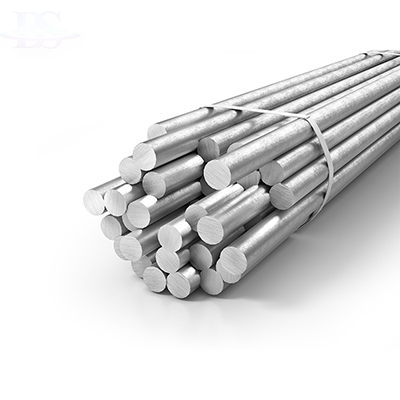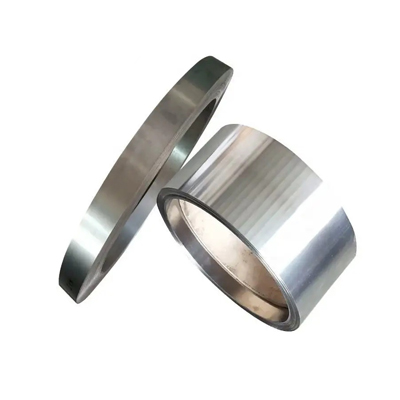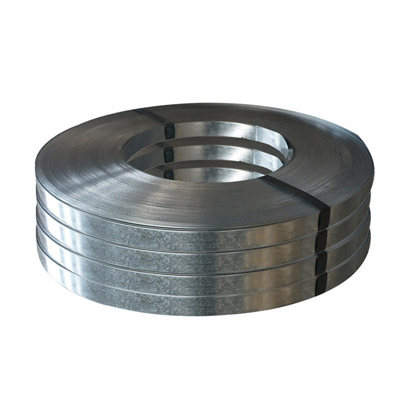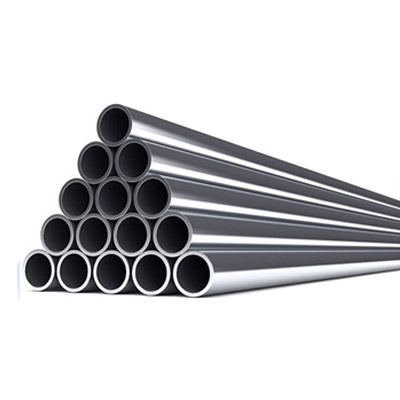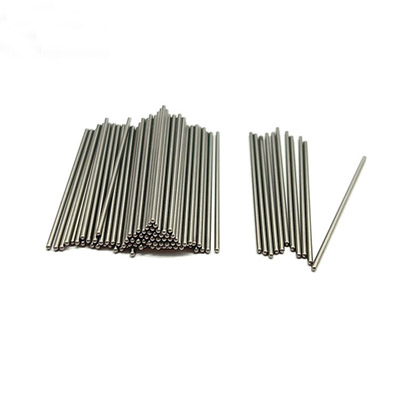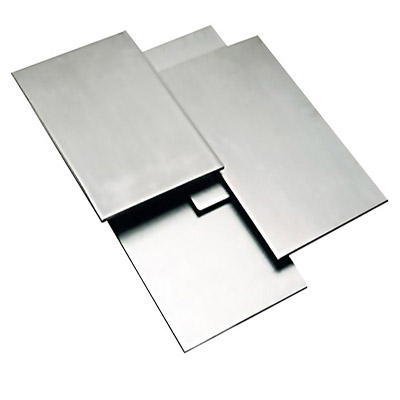Su Permalloy 1J85 /UNS N14080,GB/T 32286.1-2015 Bar Tube Pipe Wire
Overview
Permalloy 1J85 is a commonly used iron-nickel soft magnetic alloy. The magnetism of 1J85 is very sensitive to internal stresses and impurities. The components after forming must be annealed at high temperature in a protective atmosphere or vacuum to purify the material, eliminate internal stress and improve magnetic properties.
1J85 has high initial permeability, maximum permeability, high saturation magnetic induction strength and low coercivity under weak magnetic field, and is easy to be processed into filaments and thin strips for magnetic heads, iron cores, magnetic conductors, magnetic shields and sensors working under weak magnetic field.
Because the alternating magnetization is the internal eddy current loss of the material, the smaller the resistivity of the material, the greater the thickness, and the higher the frequency under the alternating magnetic field, the greater the eddy current loss, and the magnetic property is reduced a lot. Therefore, the material must be made into a thinner sheet (strip), and the surface is coated with an insulating layer, or a certain method is used to form an oxidized insulating layer on the surface. Generally, 1J85 uses an electrophoretic coating of magnesium oxide.
1J85 is generally used under alternating magnetic fields, and its resistivity is low, which is not easy to use at high frequencies.
Limiting Chemical Composition, %
Nickel..................................................................................................................................................................................79.00-81.00
Molybdenum...........................................................................................................................................................................4.80-5.20
Manganese..............................................................................................................................................................................0.30-0.60
Carbon.....................................................................................................................................................................................0.03 max.
Copper.....................................................................................................................................................................................0.20 max.
Iron......................................................................................................................................................................................12.63-15.75
Phosphorous...........................................................................................................................................................................0.02 max.
Silicon......................................................................................................................................................................................0.15-0.30
Sulfur.......................................................................................................................................................................................0.02 max.
Physical Constants
Density |
g/cm^3...................................................................................................8.75 |
Electrical resistivity |
at 20℃(Ωmm2/m)................................................................................0.56 |
Coefficient of linear expansion |
(20℃~200℃)X10-6/℃.................................................................10.9-11.2 |
Saturation magnetostriction coefficient |
λθ/ 10-6....................................................................................................0.5 |
Curie point |
Tc/ ℃.......................................................................................................400 |
Tensile Properties
Yield strength (MPa) |
Tensile Strength (MPa) |
Elongation A % |
980 |
1030 |
3-50 |
Heat treatment
Solution annealing: The 1J85 nickel-based alloy is heated to a solution temperature (generally at 1100-1150 ° C), held for a certain time, and then quickly cooled to room temperature. Solid solution annealing can make the susaturated solid solution phase in the alloy dissolve uniformly and improve the ductility and ductility of the alloy.
Quenching annealing: The 1J85 nickel-based alloy is heated to the solution temperature, and then quickly cooled to room temperature, so that the grains in the solution phase are refined. The annealing process is then carried out at a specific temperature and time depending on the alloy composition and product requirements.Oil, grease, paint and all other contaminants must be removed before annealing. During hydrogen annealing, the individual parts should be separated by inert insulating powders such as magnesium and alumina.
Vacuum heat treatment can be used, but it usually results in a loss of magnetism compared to heat treatment in a dry hydrogen atmosphere.
Available Forms
● Strips & Tape
● Wire & Welding
● Pipe & Tube
● Sheet & Foils
● Flanges & Forgins
description2



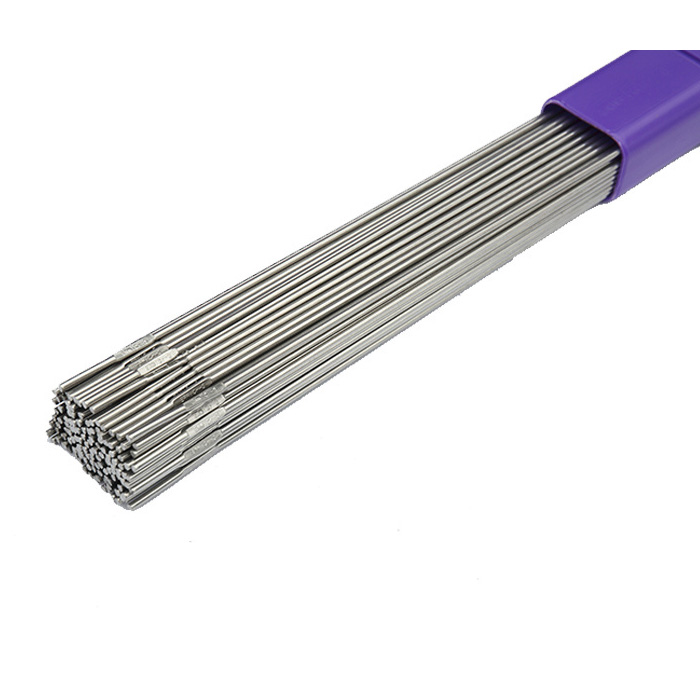 Inconel 625
Inconel 625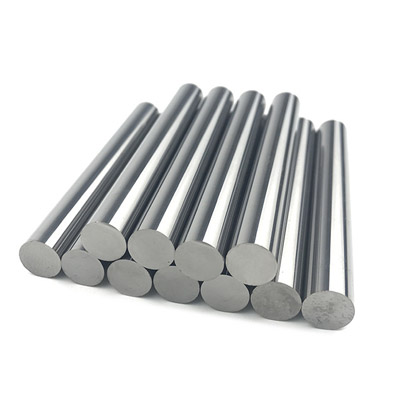 Inconel 718
Inconel 718 Inconel 725
Inconel 725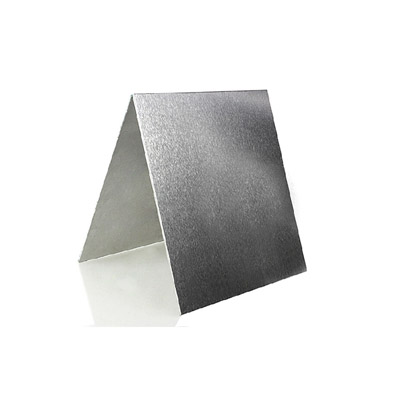 Inconel X-750
Inconel X-750 Inconel 690
Inconel 690 Inconel 617
Inconel 617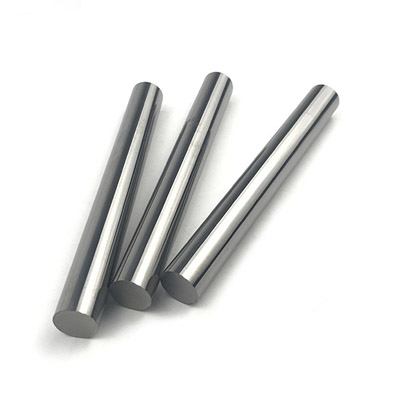 Inconel 601
Inconel 601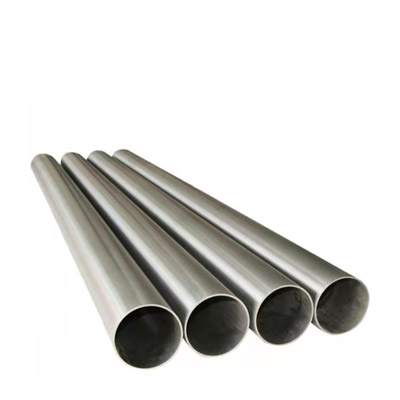 Inconel 600
Inconel 600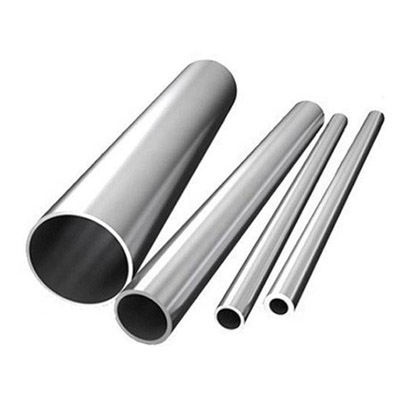 Inconel 686
Inconel 686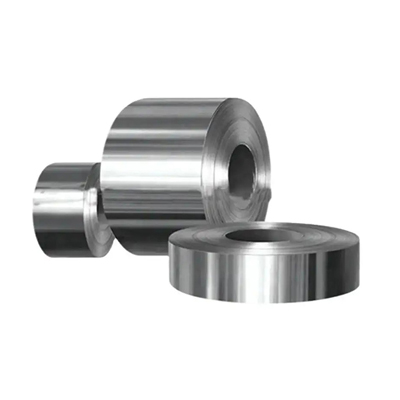 Inconel 602CA
Inconel 602CA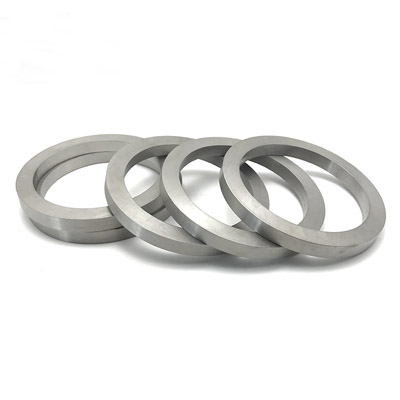 Incoloy A-286
Incoloy A-286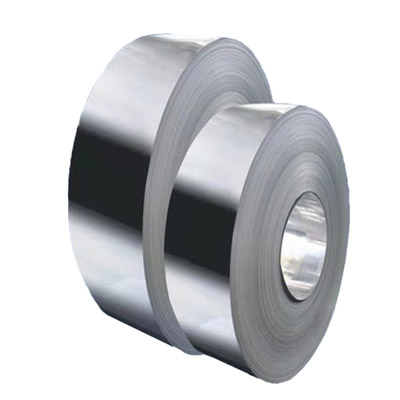 Incoloy 825
Incoloy 825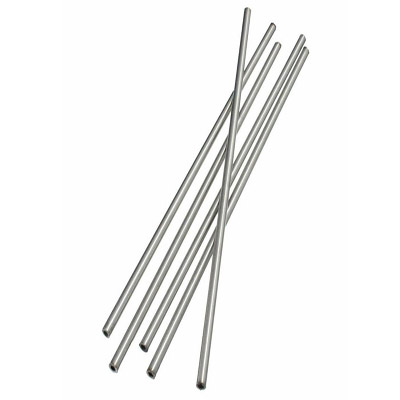 Incoloy 925
Incoloy 925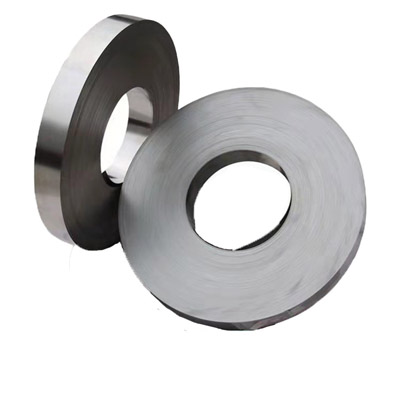 Incoloy 926
Incoloy 926 Incoloy 800
Incoloy 800 Incoloy 800H
Incoloy 800H Incoloy 800HT
Incoloy 800HT Incoloy 909
Incoloy 909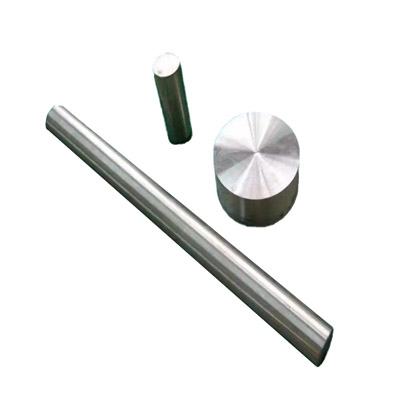 Incoloy 31
Incoloy 31 Incoloy 901
Incoloy 901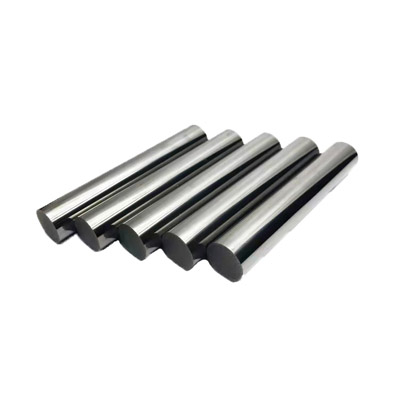 Monel K-500
Monel K-500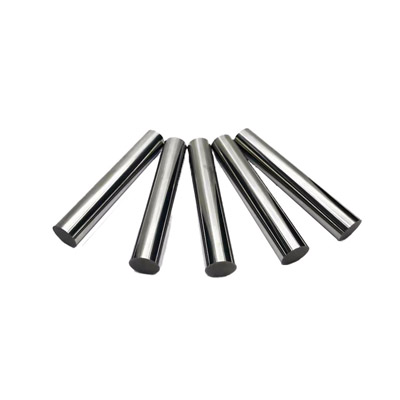 Monel 400
Monel 400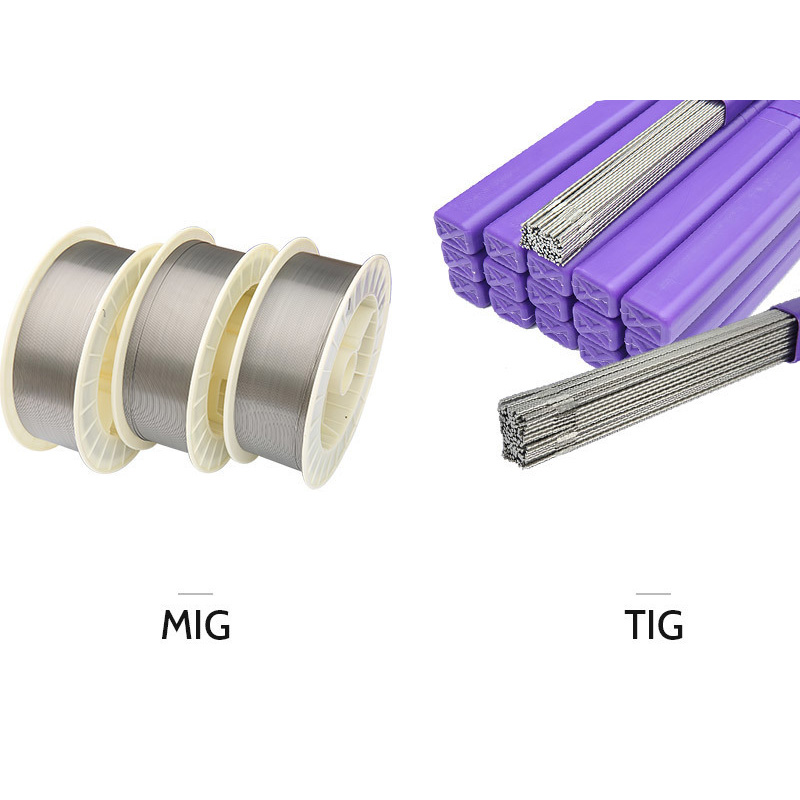 Nimonic 263
Nimonic 263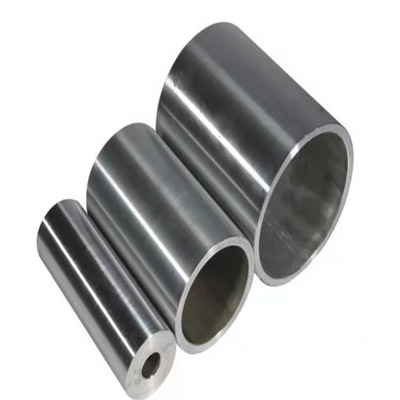 Nimonic 75
Nimonic 75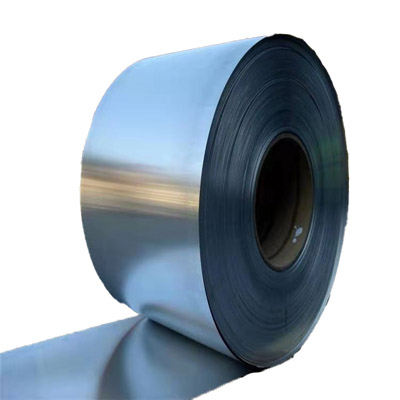 Nimonic 80A
Nimonic 80A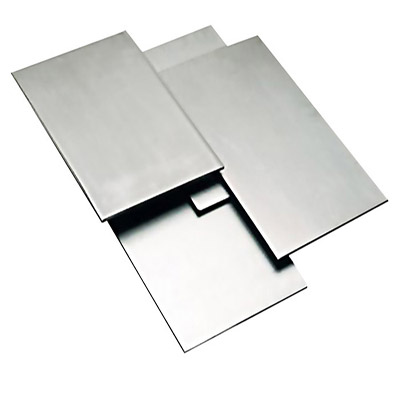 Nimonic 90
Nimonic 90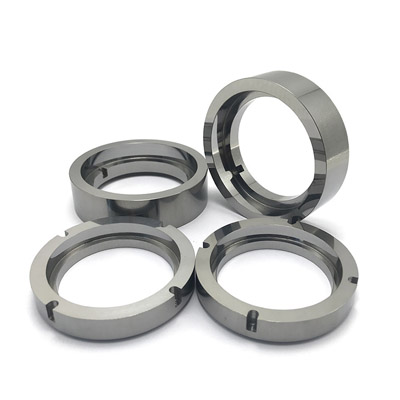 Nimonic PE11
Nimonic PE11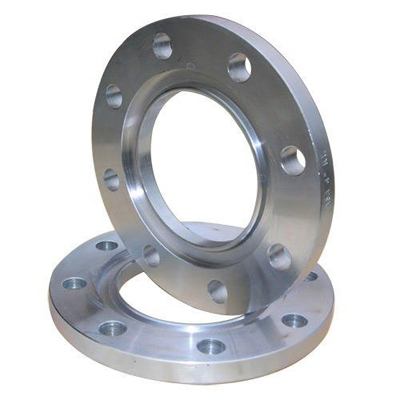 Nimonic PE16
Nimonic PE16 Nimonic PK33
Nimonic PK33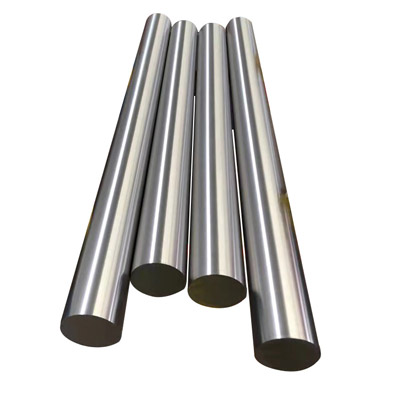 Nimonic 901
Nimonic 901 Nimonic 81
Nimonic 81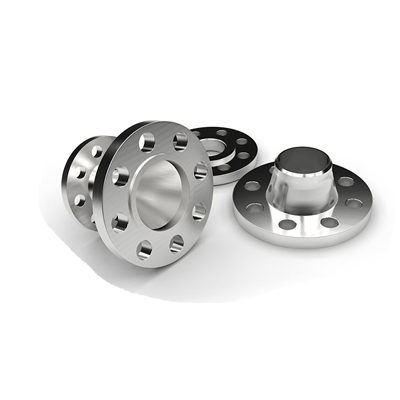 Nimonic 86
Nimonic 86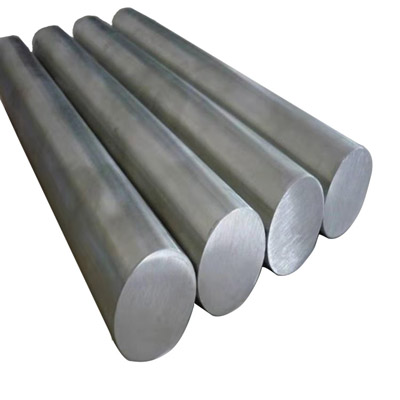 Nimonic 105
Nimonic 105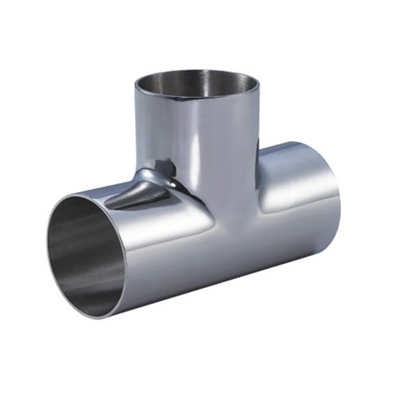 Nimonic 115
Nimonic 115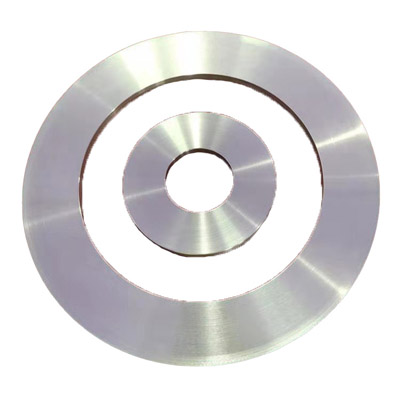 Hastelloy C-276
Hastelloy C-276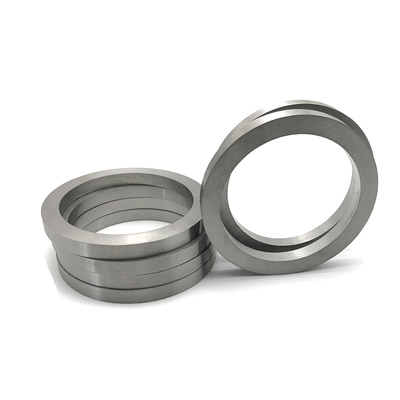 Hastelloy C
Hastelloy C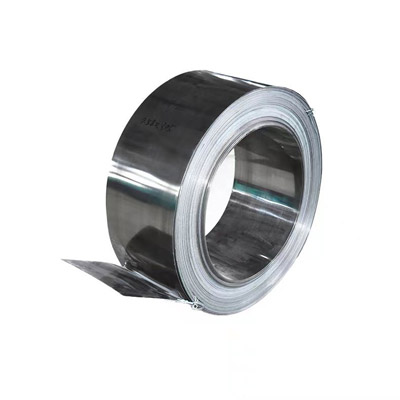 Hastelloy C4
Hastelloy C4 Hastelloy C-22
Hastelloy C-22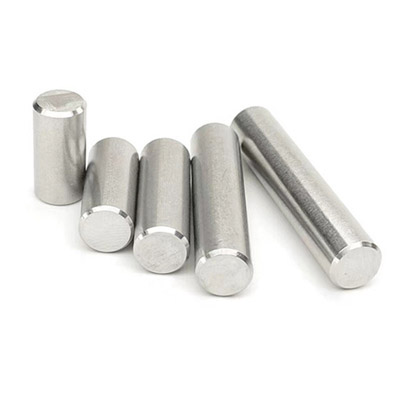 Hastelloy C-2000
Hastelloy C-2000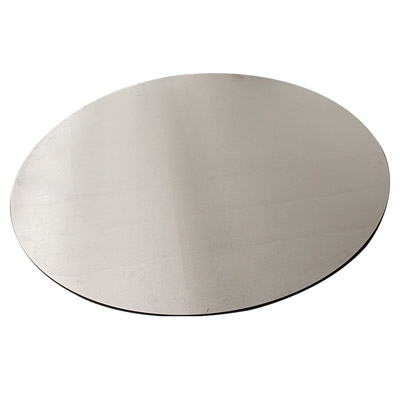 Hastelloy B-2
Hastelloy B-2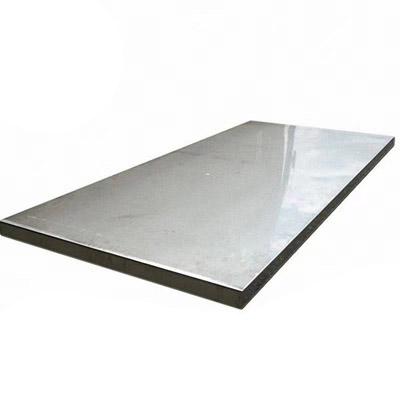 Hastelloy B-3
Hastelloy B-3 Hastelloy G30
Hastelloy G30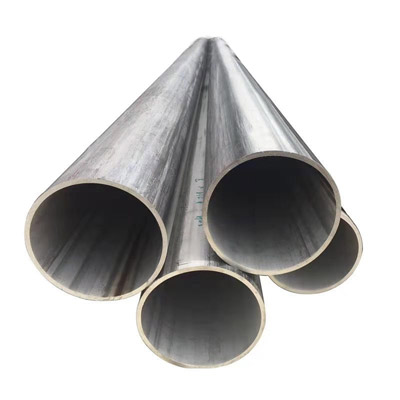 Hastelloy X
Hastelloy X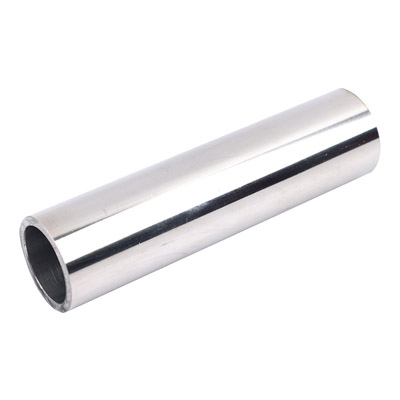 Super Invar 32-5(4J32)
Super Invar 32-5(4J32)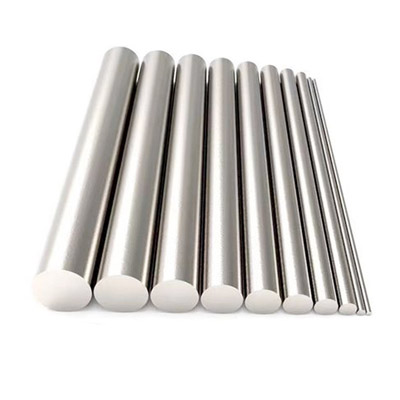 Alloy 36(4J36)
Alloy 36(4J36)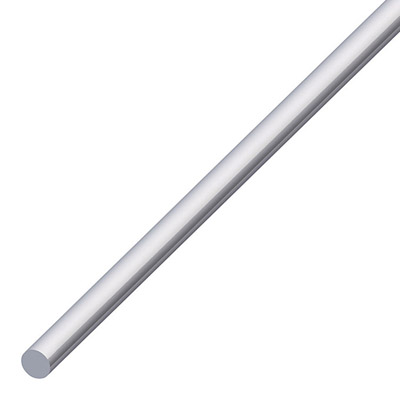 Alloy 42(4J42)
Alloy 42(4J42) Alloy 50(1J50)
Alloy 50(1J50) Hiperco 50(1J22)
Hiperco 50(1J22)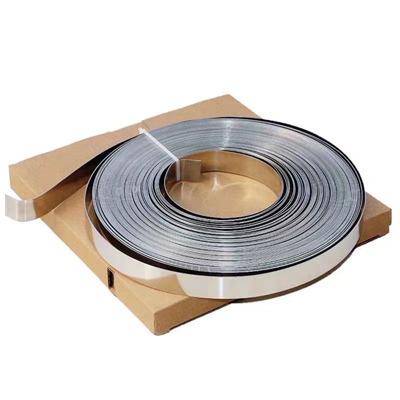 Alloy 46
Alloy 46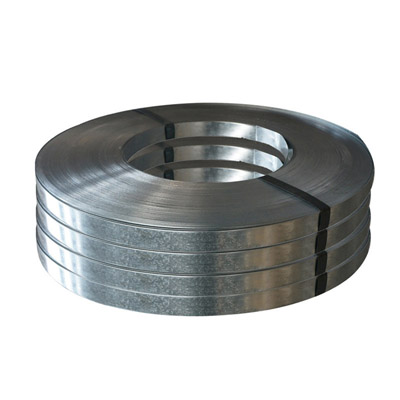 Permalloy (1J79)
Permalloy (1J79) Supermalloy(1J85)
Supermalloy(1J85)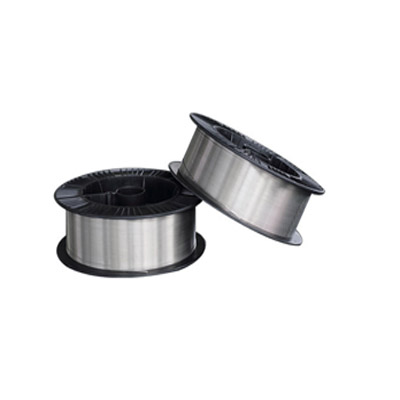 ERNiCrMo-2
ERNiCrMo-2 ERNiCrMo-3
ERNiCrMo-3 ERNiCrMo-4
ERNiCrMo-4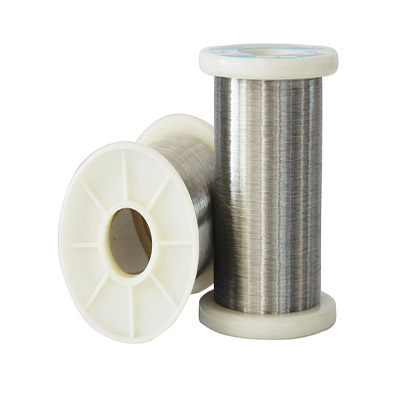 ERNiCrFe-7
ERNiCrFe-7 ERNiCrFe-7A
ERNiCrFe-7A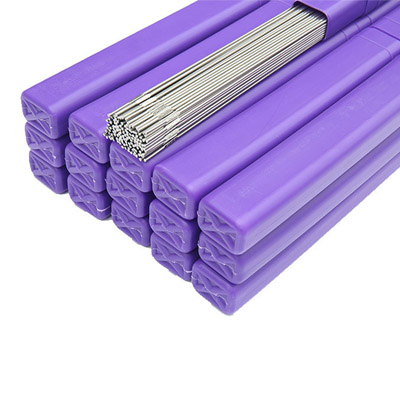 ERNiCrMo-10
ERNiCrMo-10 ERNiCrCoMo-1
ERNiCrCoMo-1 ERNiFeCr-2
ERNiFeCr-2 ERNiFeCr-1
ERNiFeCr-1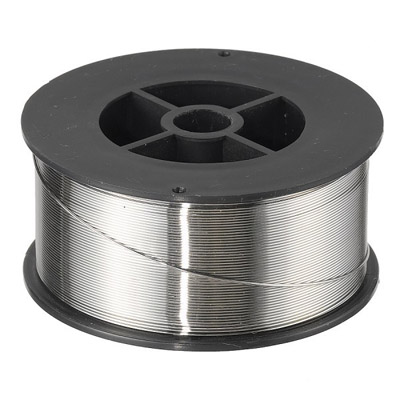 ERNiMo-8
ERNiMo-8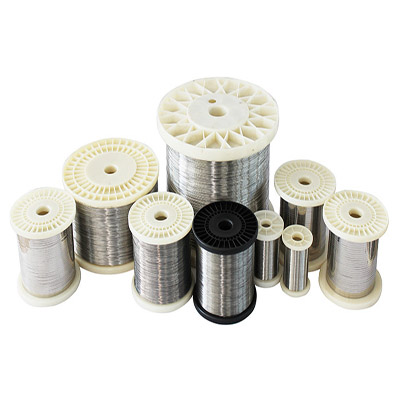 ERNiCrMo-13
ERNiCrMo-13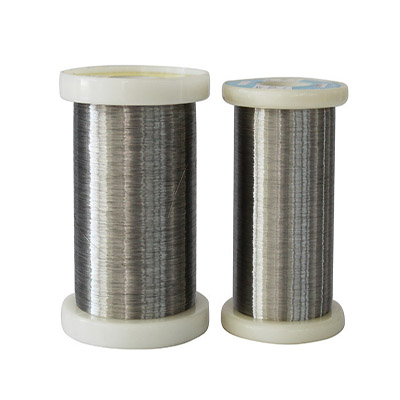 ERNiCr-4
ERNiCr-4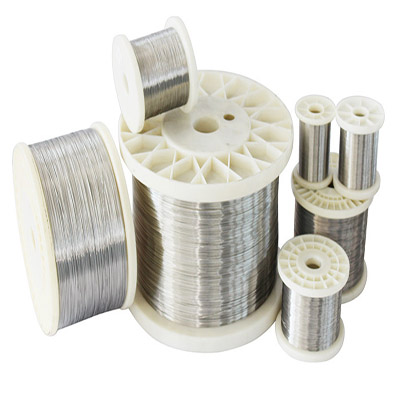 ERNiCr-3
ERNiCr-3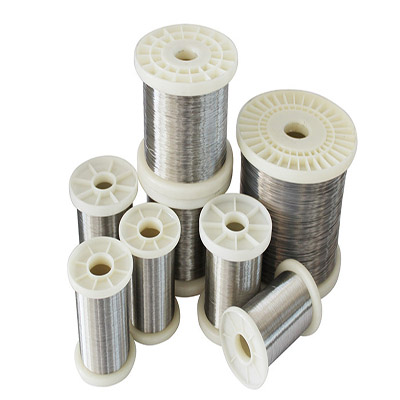 ERNi-1
ERNi-1 Haynes-25
Haynes-25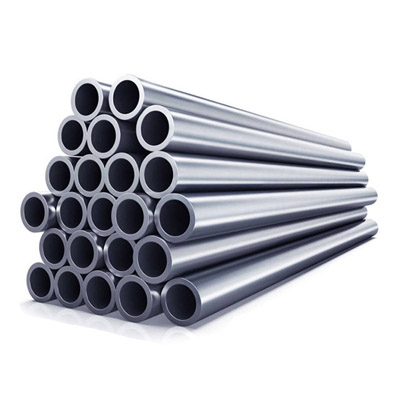 Hayness-188
Hayness-188 MP35N
MP35N Refractory 26
Refractory 26 Waspaloy alloy
Waspaloy alloy 17-4PH
17-4PH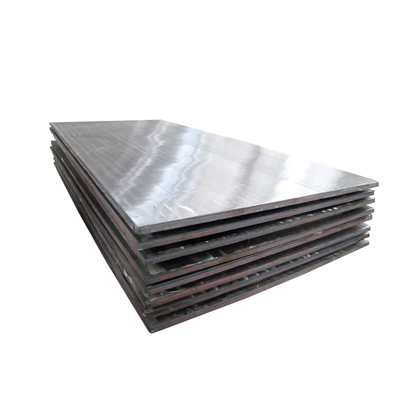 17-7PH
17-7PH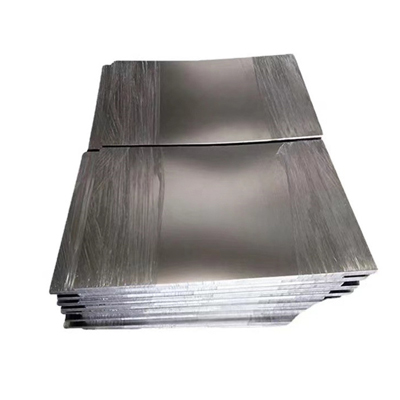 904L
904L Nitronic 50
Nitronic 50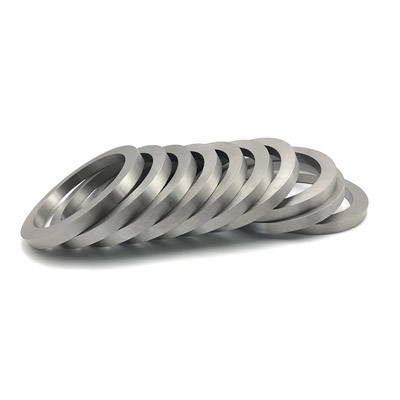 Nitronic 60
Nitronic 60 AL-6XN
AL-6XN F55
F55 PH 13-8
PH 13-8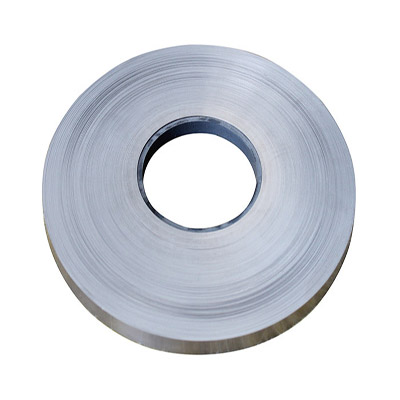 Haynes-230
Haynes-230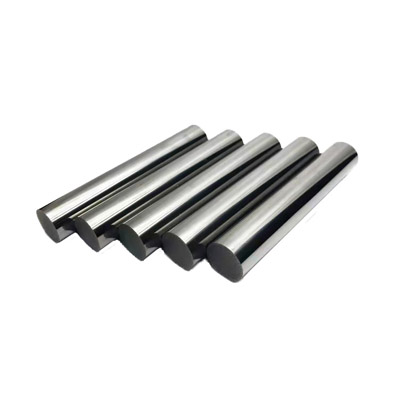 Nickel 200
Nickel 200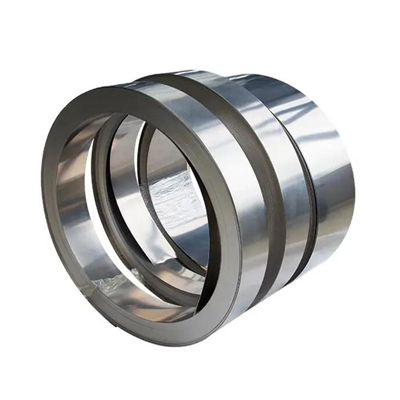 Cr20Ni80
Cr20Ni80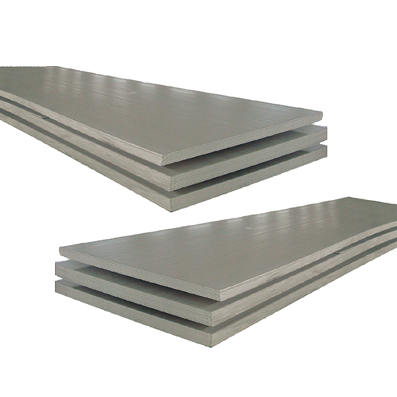 Sheet & Plate
Sheet & Plate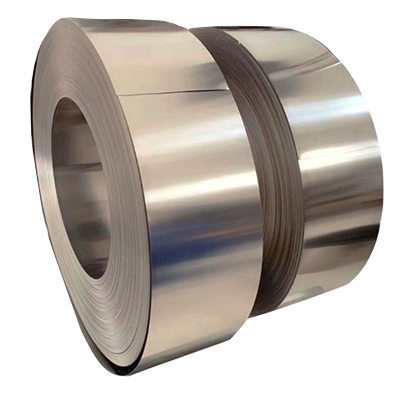 Strip & Foil
Strip & Foil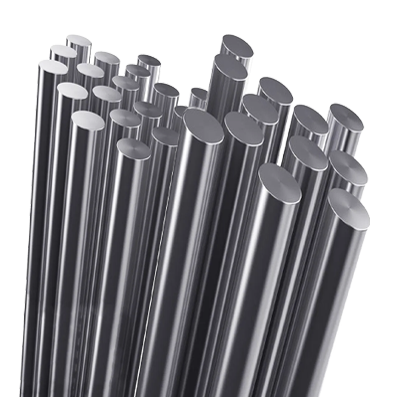 Bar & Rod
Bar & Rod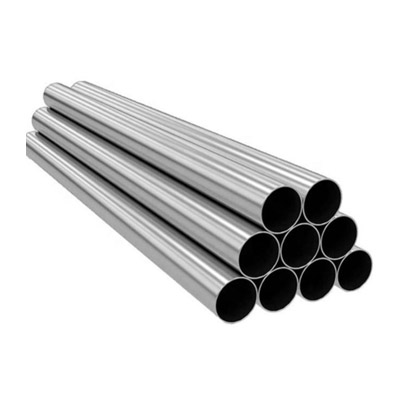 Pipe & Tube
Pipe & Tube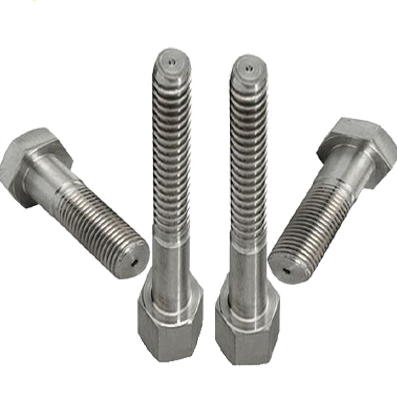 Bolts & Fasteners
Bolts & Fasteners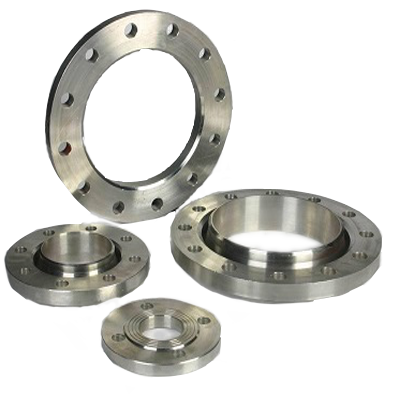 Flange & Ring
Flange & Ring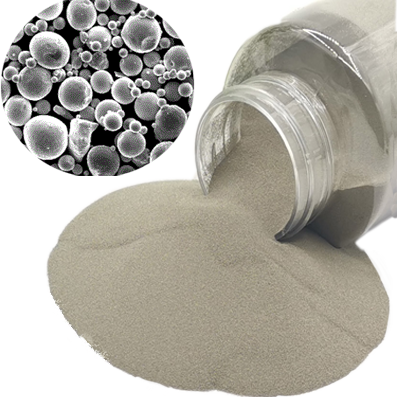 Nickel Alloy Powder
Nickel Alloy Powder

